The world of strength sports is multifaceted, with bodybuilding serving as cornerstone that seamlessly blends power, precision, and presentation. Beyond the sheer display of muscle mass, bodybuilders epitomize the fusion of artistry and athleticism. Their dedication to sculpting not only a powerful physique but a visually striking one has captivated audiences worldwide. The influence of bodybuilding extends beyond the stage, shaping the very essence of what it means to be strong.
How does bodybuilding, powerlifting, weightlifting, and strongman competitions differ?
While these disciplines share the common goal of showcasing strength, they each carve their distinct niche in the strength sports panorama. Bodybuilding emphasizes aesthetics, with athletes judged on symmetry, muscularity, and overall presentation. Powerlifting revolves around the "big three" lifts - squat, bench press, and deadlift - where maximal strength takes centre stage. Weightlifting, an Olympic sport, focuses on explosive movements like the snatch and clean and jerk. Strongman competitions push competitors through a medley of Herculean tasks, testing not only strength but also versatility.
As we embark on this exploration of strength, we'll unravel the stories of the titans who have left an indelible mark on the world of bodybuilding, powerlifting, weightlifting, and strongman competitions. Join us as we journey through the awe-inspiring feats of those who have risen to the pinnacle of strength, leaving an enduring legacy in the annals of strength sports history.
The Strongest Bodybuilders: Pioneers of Power
Now that we've laid the groundwork for understanding the diverse landscape of strength sports, let's spotlight the indomitable figures who have etched their names into the annals of strength history. These athletes are not just sculptors of muscle but architects of raw power, redefining the limits of human strength.
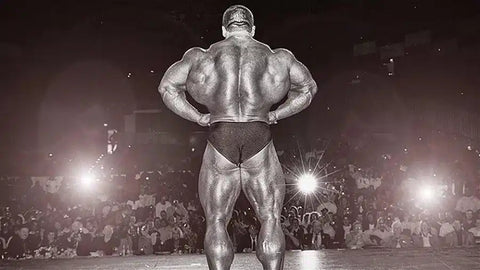
Who are some of the strongest bodybuilders in history?
The pantheon of strength boasts illustrious names that have become synonymous with power and resilience. Legends like Ronnie Coleman, Arnold Schwarzenegger, and Dorian Yates have not only conquered bodybuilding stages but have set new benchmarks for strength. Their tales of triumph and dedication resonate with aspiring athletes, embodying the relentless pursuit of greatness.
What specific feats of strength or achievements set them apart?
Beyond their chiselled physiques, these icons have left an indelible mark through awe-inspiring feats. From Coleman's unprecedented eight Mr. Olympia titles to Schwarzenegger's unrivalled charisma and seven Olympia victories, each champion brings a unique story of triumph. Dorian Yates' domination in the 1990s showcased a level of conditioning and sheer power that reverberated throughout the bodybuilding world.
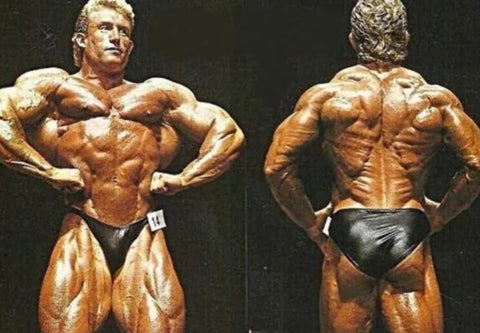
Exploring these titans' accomplishments not only offers a glimpse into their unparalleled strength but also serves as a source of inspiration for those navigating their own journeys in the realm of bodybuilding. Their achievements underscore the fusion of discipline, training, and an unwavering commitment to pushing the boundaries of human capability.
As we traverse the landscapes of muscle and might, we'll delve deeper into the narratives that define these extraordinary individuals, exploring the pivotal moments that solidified their status as some of the strongest bodybuilders to ever grace the stage.
Heaviest Weights Lifted: Monumental Feats in Strength Sports
Having delved into the world of bodybuilding's strongest figures, let's shift our focus to the tangible expressions of power – the heaviest weights ever lifted in the diverse realms of strength sports.
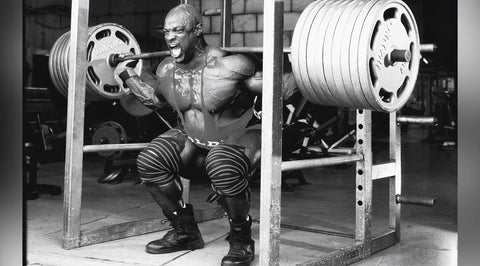
Bodybuilding
While bodybuilders aren't typically judged on the absolute heaviest lifts, their training often includes impressive feats of strength. For instance, Ronnie Coleman, an eight-time Mr. Olympia, was renowned for lifting colossal weights during his intense training sessions.
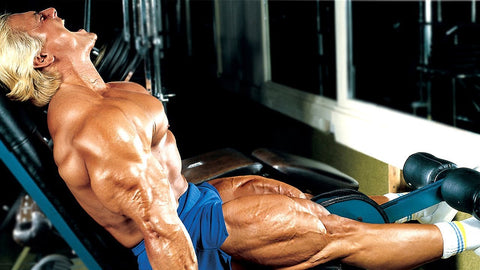
Squat: Tom Platz, known for his incredible leg development, was famous for squatting with immense weights. In one notable instance, he reportedly squatted 525 lbs for an astonishing 23 reps, showcasing both strength and endurance.
Bench Press: Although not a competitive powerlifter, Ronnie Coleman, the eight-time Mr. Olympia, was known for his impressive bench press strength. He often handled weights well above 500 lbs in training.
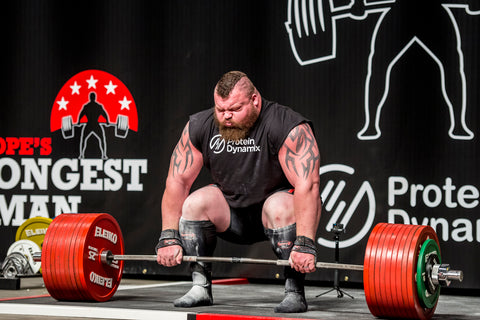
Powerlifting
Deadlift: In the realm of powerlifting, the records are staggering. Think of Eddie Hall's monumental deadlift of 500 kg (1,102 lbs), a feat that etched his name in history as one of the strongest powerlifters ever..

Squat: IPF World Champion Ray Williams made headlines by squatting a colossal 1,025 lbs raw in the super heavyweight class, solidifying his status as one of the strongest squatters in powerlifting history.
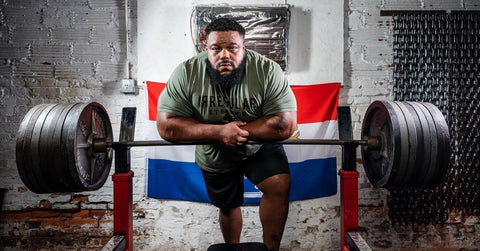
Bench Press: Julius Maddox set a new world record with a mind-boggling bench press of 770 lbs, showcasing unparalleled upper body strength.
Deadlift: In addition to Eddie Hall's historic 500 kg deadlift, Andy Bolton was the first man to deadlift over 1,000 lbs in a powerlifting competition, marking a monumental achievement in the sport.
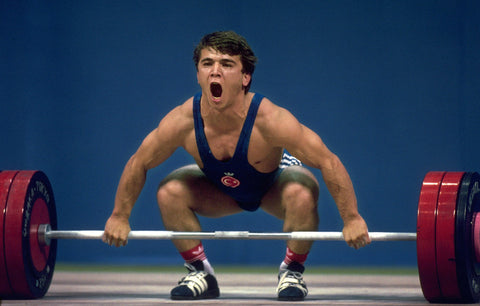
Weightlifting
Clean and Jerk: Weightlifting records in the Olympic arena are no less astounding. The late Naim Suleymanoglu, known as "Pocket Hercules," set the standard with a 152.5 kg (336 lbs) clean and jerk in the 1988 Seoul Olympics, showcasing unparalleled strength in his weight class.
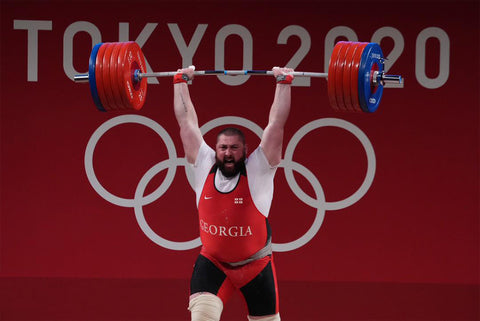
Snatch: Lasha Talakhadze, the Georgian weightlifter, set a world record with a snatch lift of 223 kg (492 lbs) at the 2020 Summer Olympics, highlighting his dominance in the super heavyweight category.
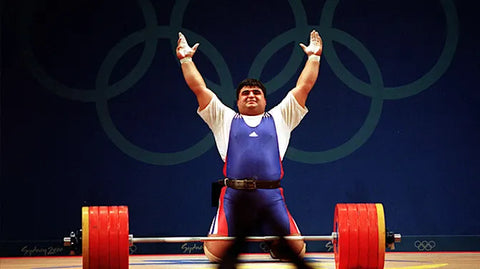
Clean and Jerk: Iranian weightlifting legend, displayed extraordinary strength with a clean and jerk of 263 kg (580 lbs) during the 2004 Athens Olympics.
Strongman
Deadlift: Strongman competitions are a testament to all-around strength. Hafthor Bjornsson, famed for his role as "The Mountain" in Game of Thrones, made headlines by deadlifting 501 kg (1,104 lbs) in 2020, setting a new world record.

Atlas Stones: Brian Shaw, a four-time World's Strongest Man winner, demonstrated incredible strength by lifting and placing Atlas Stones weighing up to 210 kg (463 lbs) onto elevated platforms.
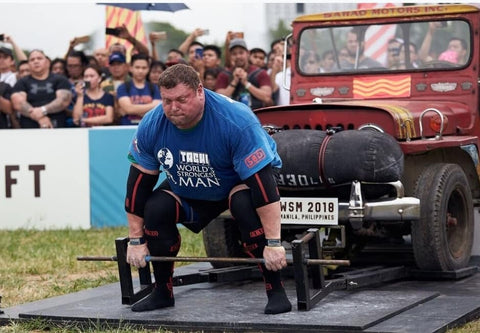
Car Deadlift: Zydrunas Savickas, known as "Big Z," showcased his immense lower body strength by deadlifting cars in strongman competitions, with weights exceeding 1,000 kg (2,204 lbs).
These examples provide a glimpse into the diverse feats of strength across various lifting categories, emphasizing the remarkable accomplishments of athletes who have pushed the boundaries of human performance. As we continue our journey, we'll explore how these monumental lifts have contributed to the evolving landscape of strength standards in the world of bodybuilding and strength sports.
Evolution of Strength Standards: Shaping the Landscape of Power
With our gaze fixed on the monumental weights lifted in diverse strength sports, it's crucial to understand the ever-changing landscape of strength standards. As athletes continually redefine what is considered possible, the evolution of these standards becomes a captivating narrative in the world of power and prowess.
How have strength standards evolved over the years in bodybuilding and strength sports?
In the early days of bodybuilding and strength sports, benchmarks were established by feats witnessed in training gyms and local competitions. However, as these disciplines gained popularity and formalized competitions emerged, the pursuit of greater records intensified. The birth of organized events like the Mr. Olympia competition and powerlifting championships set the stage for athletes to showcase their strength on a global scale.
Are there any records that stand out as particularly impressive or iconic?

Indeed, certain records have transcended time, becoming iconic symbols of human strength. Consider the enduring legacy of Paul Anderson, whose backlift of 6,270 lbs in 1957 remains one of the most legendary feats in strength sports history. This record not only showcased extraordinary strength but also sparked a fervour for breaking barriers.
The 1970s and 1980s witnessed the rise of bodybuilders like Arnold Schwarzenegger, whose combination of aesthetics and strength set new standards for the sport. Fast forward to the present day, where powerlifting records continue to be shattered, with athletes like Julius Maddox redefining what is achievable in the bench press.
As we navigate through the pages of strength history, it becomes evident that each era brings forth new pioneers and breakthroughs, shaping the landscape of what we consider the zenith of strength. Join us in the upcoming section as we unravel the training methods and techniques employed by these titans, offering insights into the science behind their extraordinary feats. The evolution of strength standards is not just a tale of numbers; it's a testament to the unyielding spirit of those who dare to redefine the limits of human potential.
What training methods do the strongest bodybuilders employ to build their strength?
Bodybuilding
Bodybuilders, beyond sculpting their physiques for aesthetics, integrate strength-focused training to achieve the balanced muscular development required on stage. High-intensity resistance training, utilizing techniques like drop sets and supersets, plays a pivotal role. Periodization, where training intensity and volume are strategically varied over time, is often a cornerstone of their regimens.
Powerlifting
Powerlifters, specializing in the "big three" lifts, often adopt a more specific and intense approach. Training revolves around low-repetition, high-weight sets to optimize neuromuscular adaptations. Squats, bench presses, and deadlifts are frequently performed with a focus on perfecting form and gradually increasing load.
Weightlifting
Weightlifters prioritize explosive movements requiring speed and precision. Techniques such as the Olympic lifts (snatch and clean and jerk) are central to their training. Emphasis is placed on developing power, flexibility, and efficient movement patterns.
Strongman
In the realm of strongman competitions, training is diverse, mirroring the unpredictable challenges faced in events. This includes lifting odd objects, moving with heavy loads, and executing feats of strength tailored to the competition. Training often involves a mix of traditional strength exercises and event-specific drills
Are there specific athletes who have had a profound impact on the culture of strength sports?
Certain athletes transcend their sport, becoming cultural icons. Arnold Schwarzenegger, with his transition from bodybuilding to Hollywood and politics, has left an indelible mark on popular culture. His journey epitomizes the idea that strength is not confined to the gym; it permeates every facet of life.
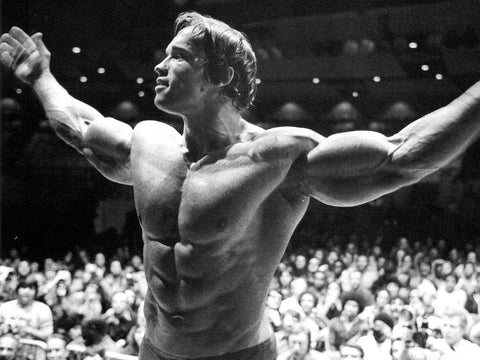
Strength sports continually evolve, driven by the innovative approaches of influential athletes. Whether it's introducing new training methodologies or redefining performance standards, these trailblazers shape the trajectory of the entire community.

